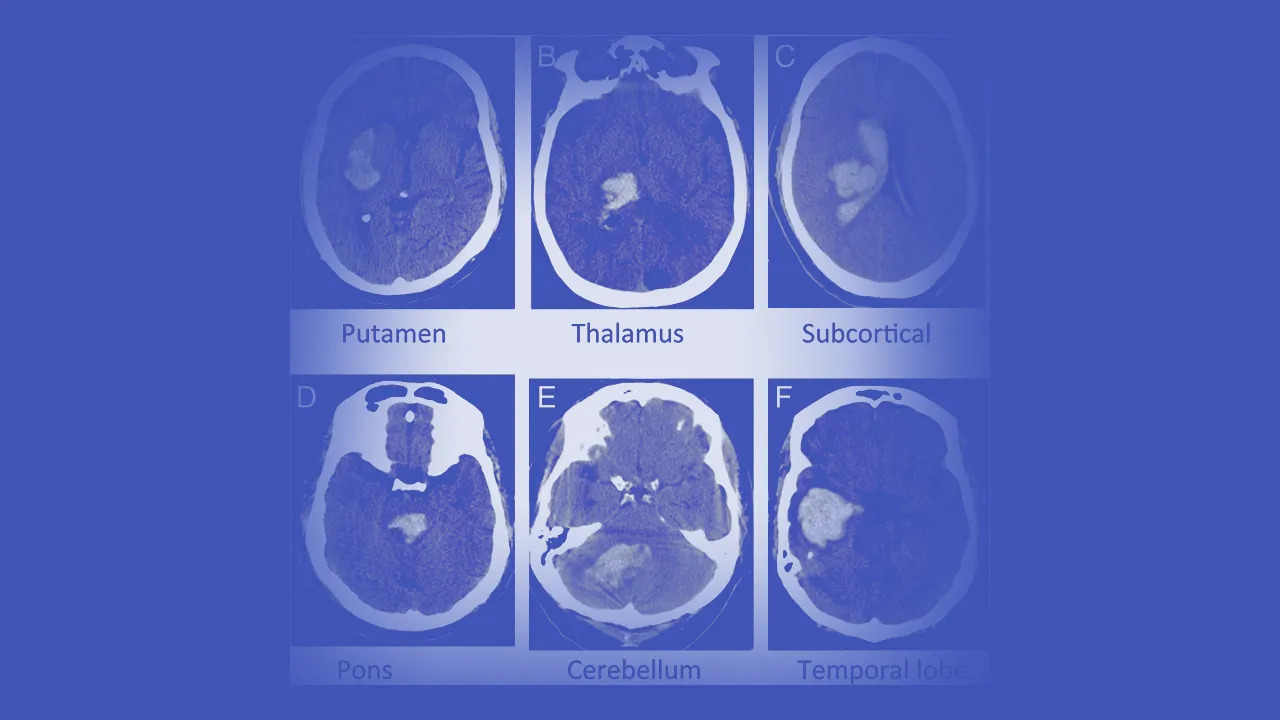Spontaneous intracranial hemorrhage (ICH) is a medical emergency when bleeding occurs within the brain tissue or surrounding membranes. It is a serious condition that can lead to disability or death if not treated promptly.
Spontaneous intracranial hemorrhage can occur due to various reasons. The most common causes are high blood pressure, cerebral amyloid angiopathy, arteriovenous malformations, aneurysms, and bleeding disorders.
• High blood pressure is the most common cause of spontaneous intracranial hemorrhage. It can cause the blood vessels in the brain to rupture, leading to bleeding within the brain tissue.
• Cerebral amyloid angiopathy is a condition in which amyloid protein deposits in the walls of the brain’s blood vessels, weakening them and making them more prone to rupture, leading to spontaneous intracranial hemorrhage.
• Arteriovenous malformations (AVMs) are abnormal connections between arteries and veins in the brain. These can cause high pressure in the blood vessels, leading to spontaneous intracranial hemorrhage.
• Aneurysms are bulges in the walls of the blood vessels in the brain. These can rupture and cause spontaneous intracranial hemorrhage.
• Bleeding disorders such as hemophilia and von Willebrand disease can also cause spontaneous intracranial hemorrhage.
The symptoms of spontaneous intracranial hemorrhage can vary depending on the location and severity of the bleeding. The most common symptoms include:
• Sudden severe headache.
• Nausea and vomiting.
• Weakness or numbness on one side of the body.
• Difficulty speaking or understanding speech.
• Loss of consciousness.
• Seizures.
• Vision changes.
• Confusion or disorientation.
The diagnosis is usually made through imaging tests and physical examination.
A computed tomography (CT) or magnetic resonance imaging (MRI) scan of the brain is usually the first test to confirm the diagnosis of spontaneous intracranial hemorrhage. In addition, these tests can show the location and extent of the bleeding.
Blood tests may also be done to check for bleeding disorders or other underlying medical conditions that may have contributed to the bleeding.
The treatment of spontaneous intracranial hemorrhage depends on the location and severity of the bleeding. The main goal of treatment is to stop the bleeding and prevent further damage to the brain tissue.
If the bleeding is mild and not causing any symptoms, the patient may be monitored closely in the hospital. If the bleeding is severe or causes symptoms, the patient may need surgery to remove the blood clot or repair the ruptured blood vessel.
Medications may sometimes be given to control blood pressure or prevent seizures.
The recovery from spontaneous intracranial hemorrhage depends on the location and severity of the bleeding, as well as the age and overall health of the patient. Some patients may recover completely, while others may have long-term disabilities such as paralysis, speech problems, or cognitive impairment.
Physical therapy, occupational therapy, and speech therapy may be needed to help the patient regain function and independence.
The best way to prevent spontaneous intracranial hemorrhage is to maintain a healthy lifestyle and manage any underlying medical conditions such as high blood pressure or bleeding disorders. Regular exercise, a healthy diet, and avoiding smoking and excessive alcohol consumption can also help reduce the risk of spontaneous intracranial hemorrhage.
Spontaneous intracranial hemorrhage is a serious medical emergency that requires prompt diagnosis and treatment. Early intervention can help improve the chances of a successful recovery.

Comments are closed.